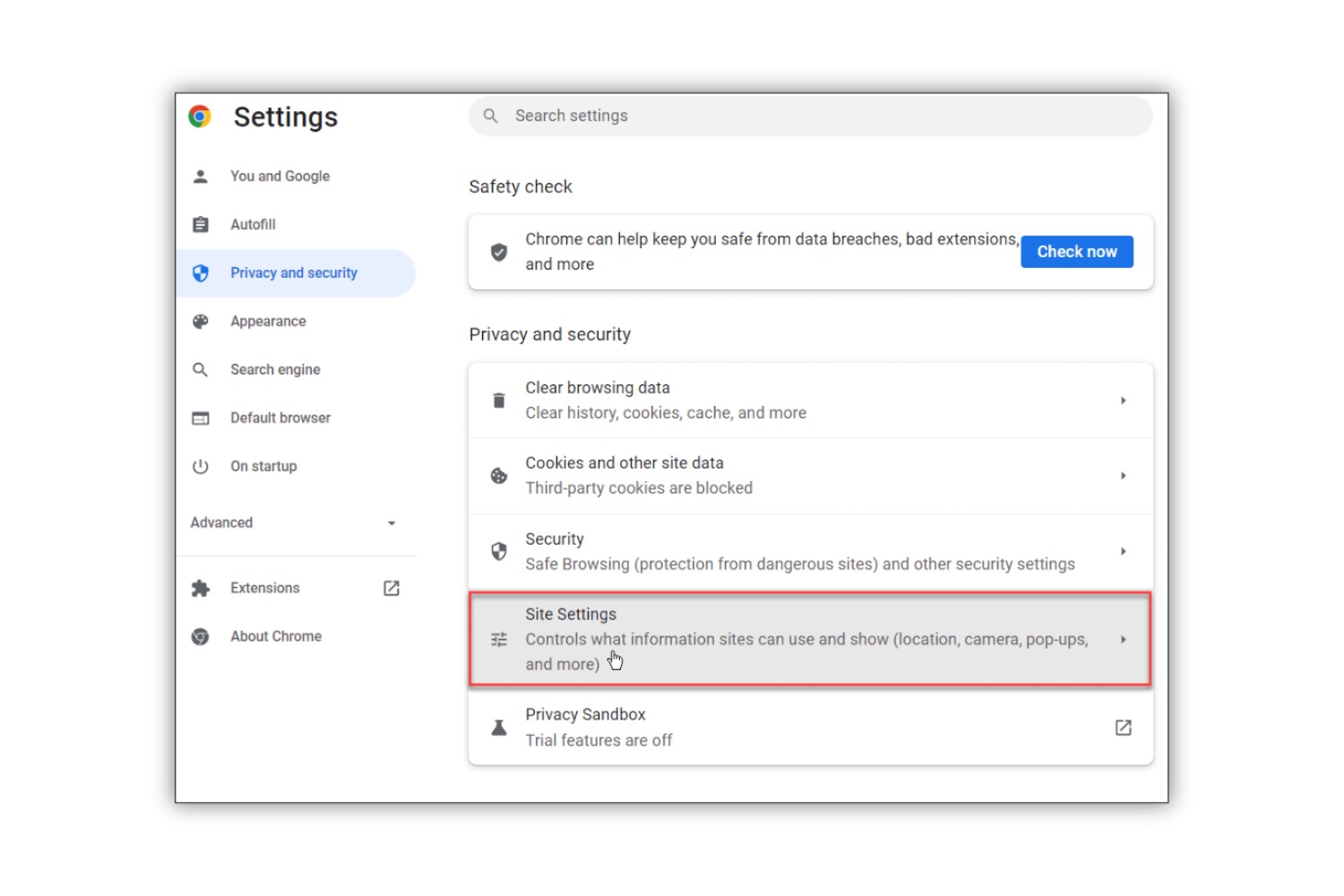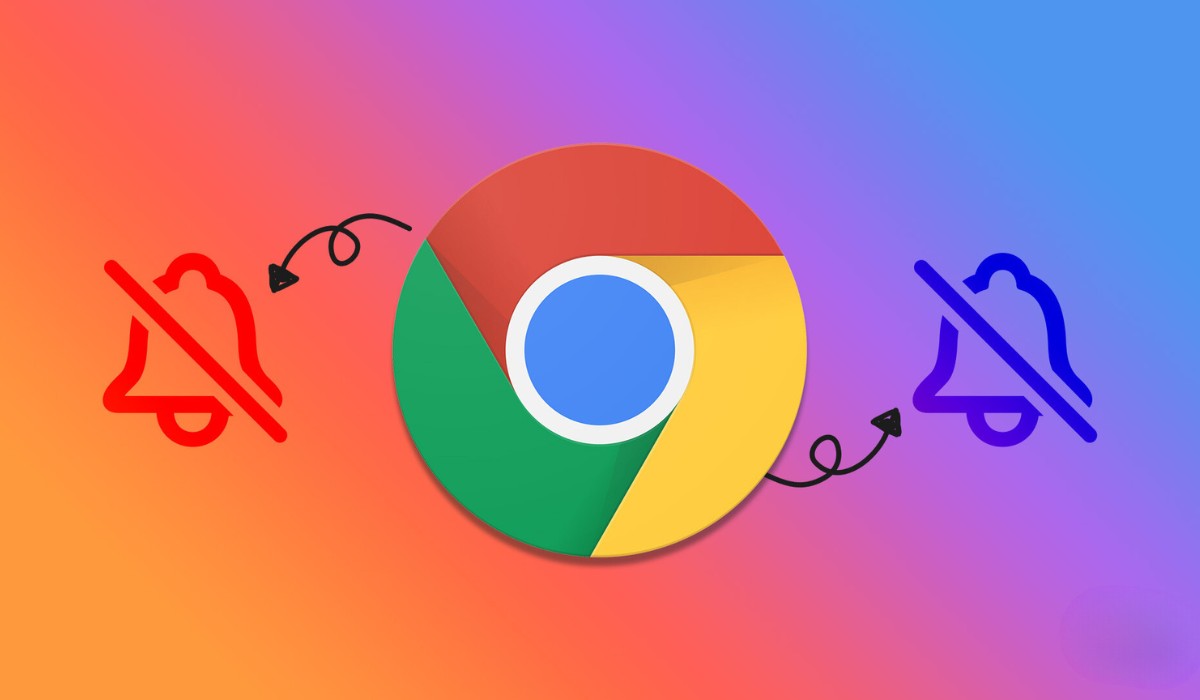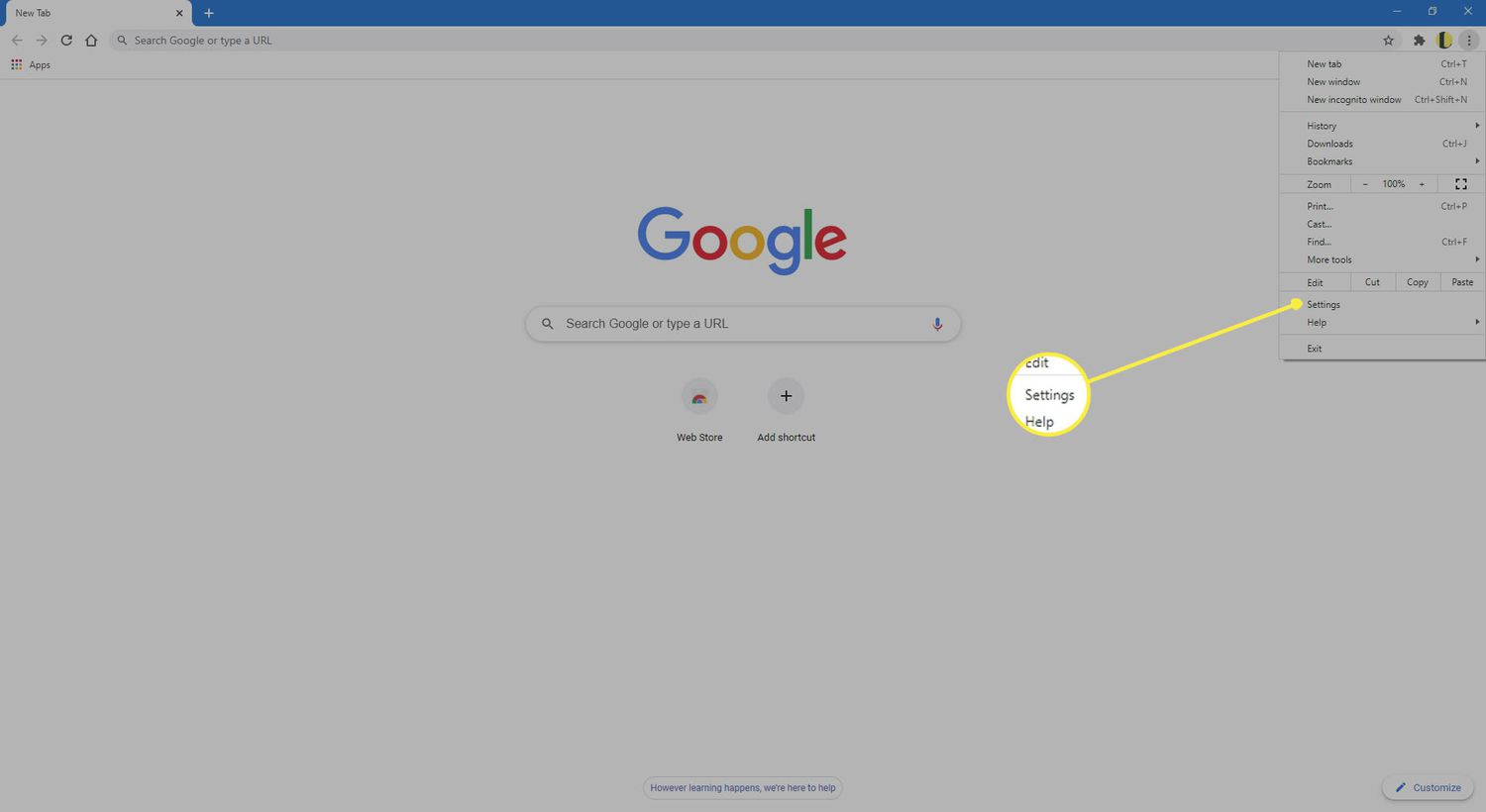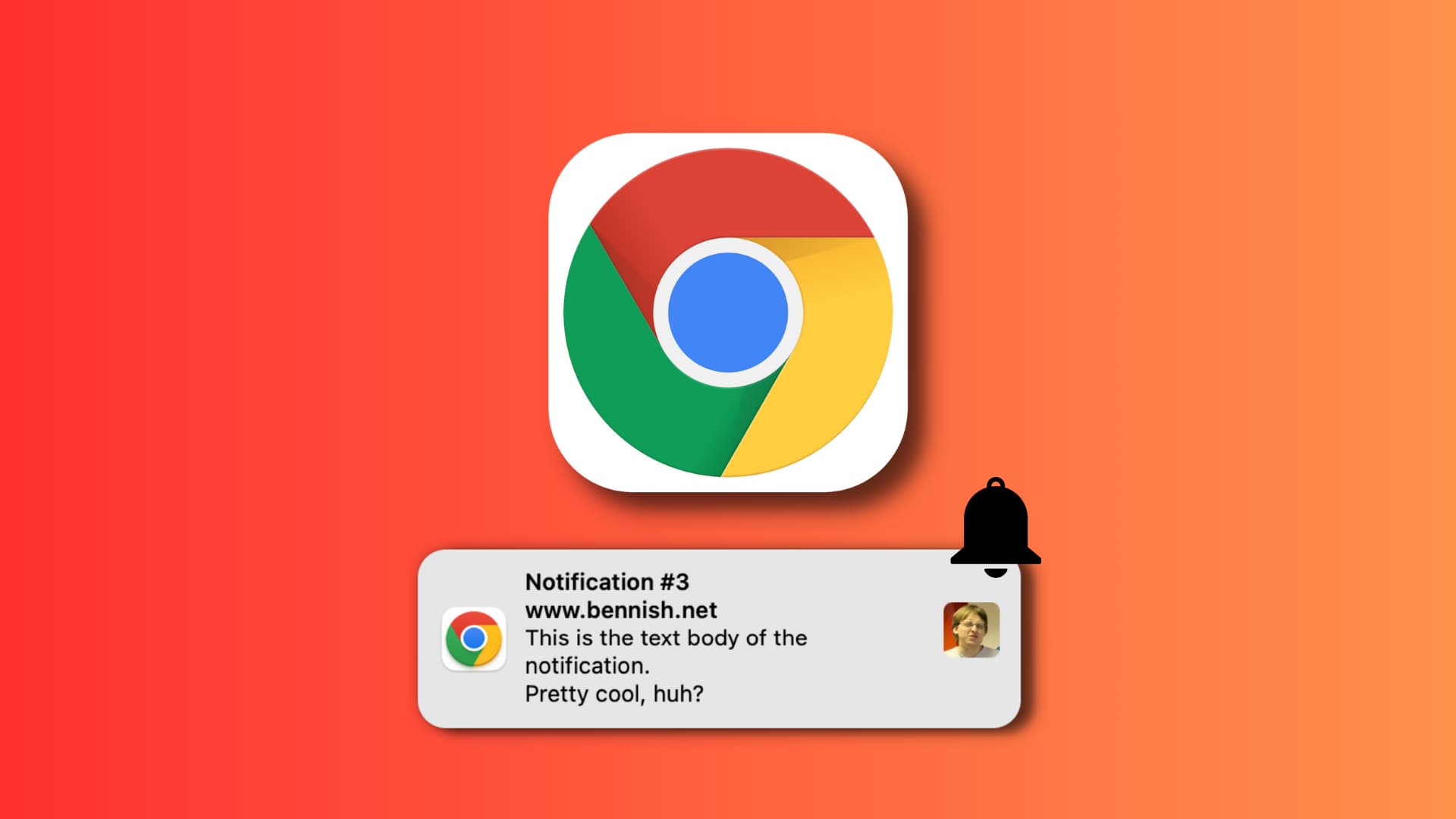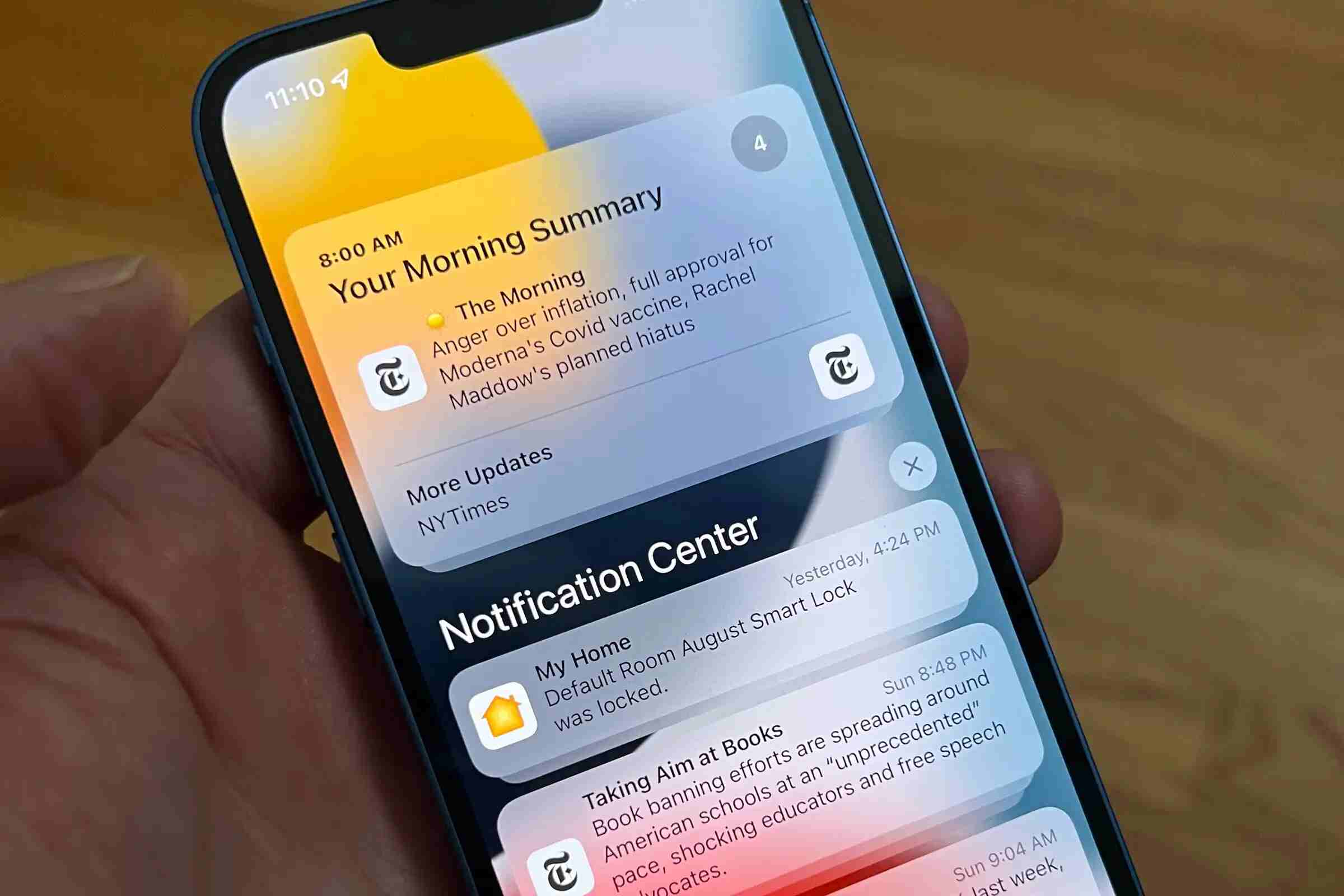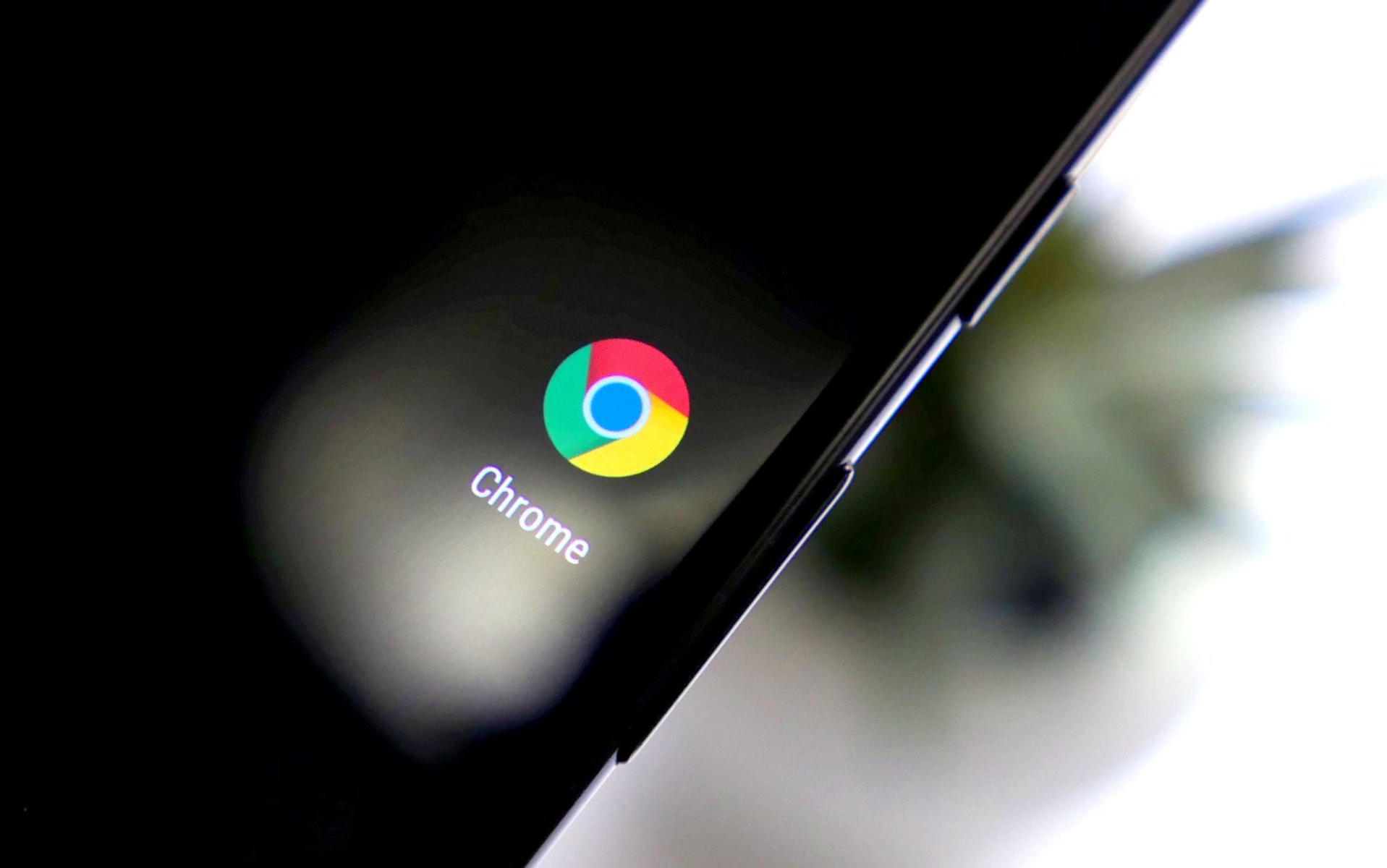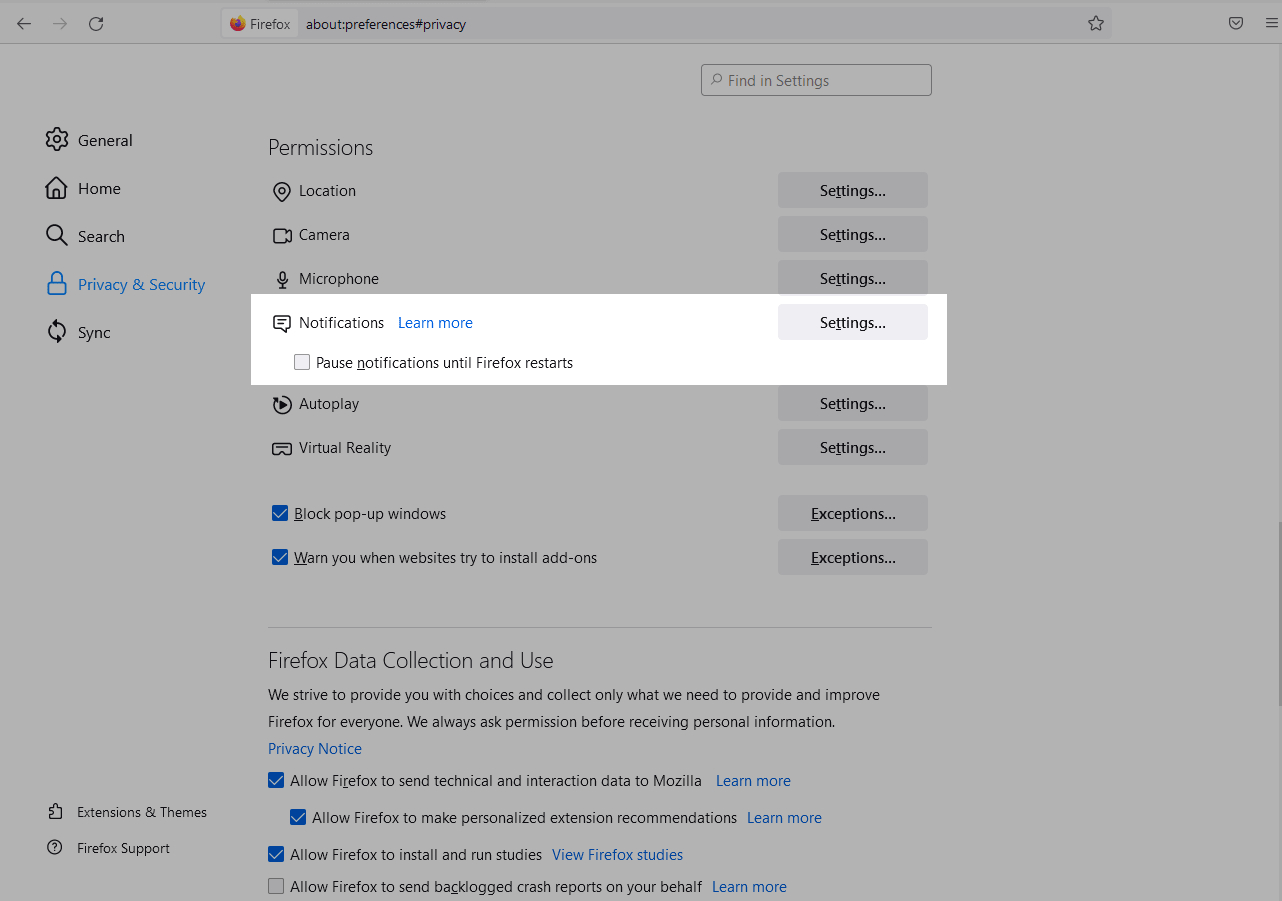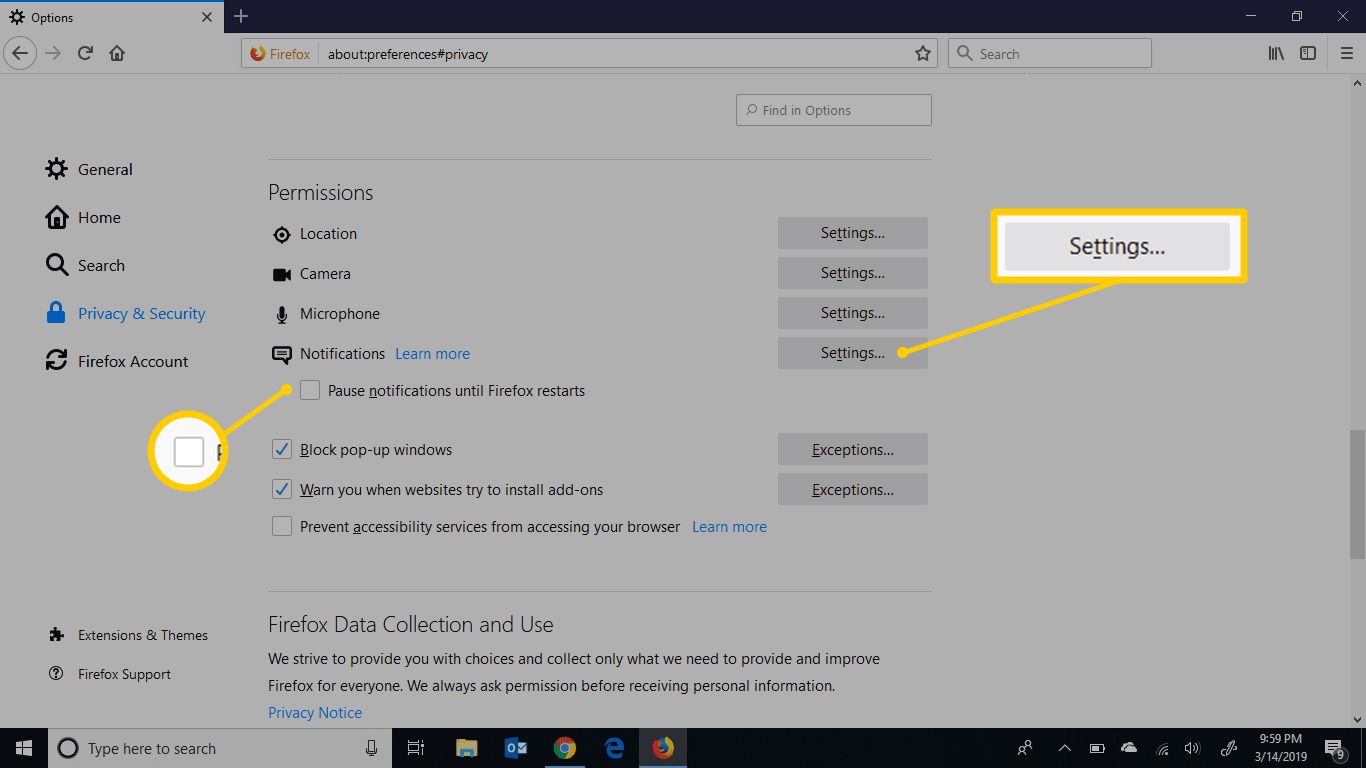Introduction
Browser notifications can be both a helpful tool and a source of annoyance. While they can keep you updated on important events and activities, such as new emails, upcoming events, or breaking news, they can also inundate you with a constant stream of distractions. If you find yourself constantly bombarded with pop-up notifications while browsing the web, you may be wondering how to turn them off. Fortunately, most popular web browsers offer simple methods to manage and disable these notifications, allowing you to regain control over your browsing experience.
In this guide, we will walk you through the steps to turn off browser notifications in Google Chrome, Mozilla Firefox, Safari, and Microsoft Edge. Whether you're using a desktop computer, laptop, or mobile device, these steps will help you reclaim your browsing environment and minimize interruptions. By following these straightforward instructions, you can tailor your browser settings to suit your preferences and enjoy a more focused and uninterrupted online experience.
Now, let's dive into the specific steps for each browser, empowering you to take charge of your notification settings and customize your browsing experience to align with your needs and preferences.
Step 1: Turning off browser notifications in Google Chrome
Google Chrome, one of the most widely used web browsers, offers a straightforward process to manage and disable browser notifications. If you find these notifications disruptive and wish to turn them off, follow the steps below:
-
Access Chrome Settings: Begin by opening Google Chrome on your desktop or laptop. In the top-right corner of the browser window, click on the three-dot menu icon to open the Chrome menu.
-
Navigate to Settings: From the menu, select "Settings" to access the browser's configuration options.
-
Locate Site Settings: Within the Settings menu, scroll down and click on "Privacy and security" in the left-hand sidebar. Then, select "Site settings" to manage permissions for specific websites.
-
Manage Notifications: Under the "Permissions" section, click on "Notifications" to view and manage the notification settings for various websites you have visited.
-
Turn Off Notifications: To disable all notifications, toggle the switch next to "Sites can ask to send notifications" to the off position. This action will prevent websites from prompting you with notification requests.
-
Block Specific Sites: If there are specific websites that you no longer wish to receive notifications from, scroll down to the "Block" section and click on "Add" to enter the website address and block its notification permissions.
-
Review and Customize: Take a moment to review the list of websites with notification permissions and make any additional adjustments as needed.
By following these steps, you can effectively turn off browser notifications in Google Chrome, reclaiming control over your browsing experience and minimizing distractions. Whether you're seeking a more focused work environment or simply aiming to reduce interruptions during leisurely web browsing, customizing your notification settings in Chrome empowers you to tailor your online experience to suit your preferences.
With browser notifications disabled, you can enjoy a more serene and uninterrupted browsing experience, allowing you to engage with online content on your own terms. Whether you're using Chrome for work, leisure, or both, taking advantage of these notification management features can significantly enhance your overall browsing satisfaction.
Step 2: Turning off browser notifications in Mozilla Firefox
Mozilla Firefox, known for its user-friendly interface and customizable features, provides a seamless process to manage and disable browser notifications. If you're looking to eliminate these notifications and regain control over your browsing experience, follow the steps below:
-
Access Firefox Options: Begin by opening Mozilla Firefox on your desktop or laptop. In the top-right corner of the browser window, click on the three horizontal lines to open the Firefox menu.
-
Navigate to Options: From the menu, select "Options" to access the browser's settings and preferences.
-
Locate Privacy & Security Settings: In the left-hand sidebar of the Options page, click on "Privacy & Security" to explore the various privacy and security-related preferences.
-
Manage Permissions: Scroll down to the "Permissions" section and locate the "Notifications" settings. Here, you can manage which websites are allowed to display notifications.
-
Block Notifications: To disable all notifications, uncheck the box next to "Block new requests asking to allow notifications." This action will prevent websites from requesting permission to show notifications.
-
Manage Exceptions: If there are specific websites from which you no longer wish to receive notifications, click on the "Settings" button next to "Notifications." This will allow you to manage exceptions for individual websites and revoke their notification permissions.
-
Review and Customize: Take a moment to review the list of websites with notification permissions and make any necessary adjustments to align with your preferences.
By following these straightforward steps, you can effectively turn off browser notifications in Mozilla Firefox, empowering you to curate a more focused and uninterrupted browsing environment. Whether you're seeking to minimize distractions during work tasks or simply aiming to streamline your online experience, customizing your notification settings in Firefox allows you to tailor your browsing environment to suit your needs.
With browser notifications disabled, you can immerse yourself in online activities without the interruptions caused by pop-up notifications. Whether you're conducting research, enjoying multimedia content, or engaging in online communication, taking advantage of these notification management features in Firefox enhances your overall browsing satisfaction.
By seamlessly managing and disabling browser notifications in Mozilla Firefox, you can reclaim control over your online experience, ensuring that your browsing environment aligns with your preferences and supports your productivity and focus.
Step 3: Turning off browser notifications in Safari
Safari, Apple's widely used web browser, offers a user-friendly process to manage and disable browser notifications. If you find yourself inundated with pop-up notifications while browsing the web and wish to regain control over your online experience, follow the steps below to turn off browser notifications in Safari.
-
Access Safari Preferences: Begin by opening Safari on your Mac computer. In the top-left corner of the screen, click on "Safari" in the menu bar to reveal the drop-down menu. From the menu, select "Preferences" to access Safari's settings and preferences.
-
Navigate to Websites: Within the Preferences window, click on the "Websites" tab located at the top of the window. This section allows you to manage various website-specific settings, including notifications.
-
Manage Notifications: In the left-hand sidebar of the Websites tab, select "Notifications" to view and manage the notification settings for different websites you have visited. Here, you can customize how Safari handles notifications from specific websites.
-
Disable Notifications: To disable all notifications, uncheck the box next to "Allow websites to ask for permission to send push notifications." This action will prevent websites from prompting you with notification requests.
-
Manage Website Permissions: If there are specific websites from which you no longer wish to receive notifications, scroll through the list of websites and adjust their notification permissions accordingly. You can change the settings for individual websites, allowing you to tailor your notification preferences to align with your browsing habits.
-
Review and Customize: Take a moment to review the list of websites with notification permissions and make any necessary adjustments to ensure that your notification settings reflect your preferences accurately.
By following these straightforward steps, you can effectively turn off browser notifications in Safari, empowering you to curate a more focused and uninterrupted browsing environment. Whether you're seeking to minimize distractions during work tasks, leisurely browsing, or research activities, customizing your notification settings in Safari allows you to tailor your browsing environment to suit your needs.
With browser notifications disabled, you can immerse yourself in online activities without the interruptions caused by pop-up notifications. Whether you're engaging in research, enjoying multimedia content, or communicating online, taking advantage of these notification management features in Safari enhances your overall browsing satisfaction.
By seamlessly managing and disabling browser notifications in Safari, you can reclaim control over your online experience, ensuring that your browsing environment aligns with your preferences and supports your productivity and focus.
Step 4: Turning off browser notifications in Microsoft Edge
Microsoft Edge, the modern and feature-rich web browser from Microsoft, provides a seamless process to manage and disable browser notifications. If you're looking to eliminate these notifications and regain control over your browsing experience, follow the steps below to turn off browser notifications in Microsoft Edge.
-
Access Edge Settings: Begin by opening Microsoft Edge on your desktop or laptop. In the top-right corner of the browser window, click on the three-dot menu icon to open the Edge menu.
-
Navigate to Settings: From the menu, select "Settings" to access the browser's configuration options.
-
Explore Site Permissions: In the Settings menu, navigate to the "Cookies and site permissions" section. Here, you can manage various permissions related to website interactions, including notifications.
-
Manage Notifications: Under the "Permissions" section, click on "Notifications" to view and manage the notification settings for different websites you have visited.
-
Turn Off Notifications: To disable all notifications, toggle the switch next to "Ask before sending (recommended)" to the off position. This action will prevent websites from prompting you with notification requests.
-
Block Specific Sites: If there are specific websites from which you no longer wish to receive notifications, scroll down to the "Block" section and click on "Add" to enter the website address and block its notification permissions.
-
Review and Customize: Take a moment to review the list of websites with notification permissions and make any additional adjustments as needed.
By following these straightforward steps, you can effectively turn off browser notifications in Microsoft Edge, empowering you to curate a more focused and uninterrupted browsing environment. Whether you're seeking to minimize distractions during work tasks, leisurely browsing, or research activities, customizing your notification settings in Microsoft Edge allows you to tailor your browsing environment to suit your needs.
With browser notifications disabled, you can immerse yourself in online activities without the interruptions caused by pop-up notifications. Whether you're engaging in research, enjoying multimedia content, or communicating online, taking advantage of these notification management features in Microsoft Edge enhances your overall browsing satisfaction.
By seamlessly managing and disabling browser notifications in Microsoft Edge, you can reclaim control over your online experience, ensuring that your browsing environment aligns with your preferences and supports your productivity and focus.
Conclusion
In conclusion, taking control of browser notifications empowers users to tailor their online experience to align with their preferences and needs. By following the steps outlined for Google Chrome, Mozilla Firefox, Safari, and Microsoft Edge, individuals can effectively manage and disable browser notifications, minimizing distractions and enhancing their browsing satisfaction.
Turning off browser notifications not only fosters a more focused and uninterrupted browsing environment but also supports productivity and concentration during work-related tasks. Whether users are conducting research, engaging in online communication, or enjoying multimedia content, the ability to curate notification settings allows for a more personalized and enjoyable browsing experience.
Furthermore, the process of managing and disabling browser notifications underscores the user-centric approach adopted by modern web browsers. By providing intuitive and accessible tools to customize notification preferences, browsers empower individuals to take charge of their online environment, promoting a sense of autonomy and control.
As the digital landscape continues to evolve, the ability to manage browser notifications serves as a testament to the ongoing efforts to prioritize user experience and satisfaction. By offering straightforward methods to disable notifications, web browsers acknowledge the diverse needs and preferences of their users, ultimately contributing to a more harmonious and tailored browsing experience.
Ultimately, the steps outlined in this guide enable users to reclaim ownership of their online experience, ensuring that their browsing environment remains conducive to their goals and preferences. Whether it's maintaining a distraction-free workspace, minimizing interruptions during leisurely browsing, or simply customizing the online experience to align with personal preferences, the ability to manage and disable browser notifications represents a pivotal aspect of individualized browsing experiences.
In essence, by taking advantage of the notification management features offered by popular web browsers, individuals can curate a browsing environment that reflects their unique preferences, ultimately enhancing their overall satisfaction and engagement with online content.









